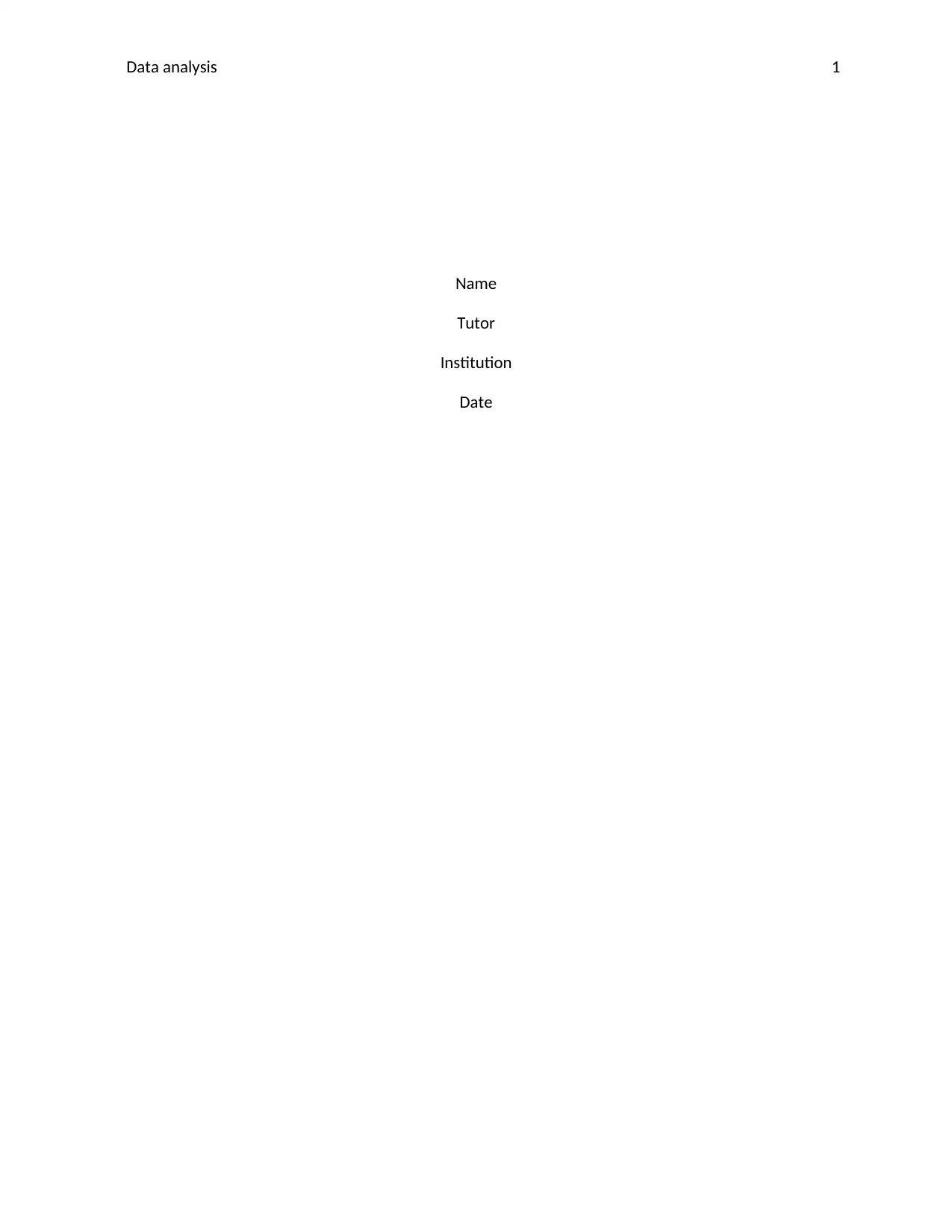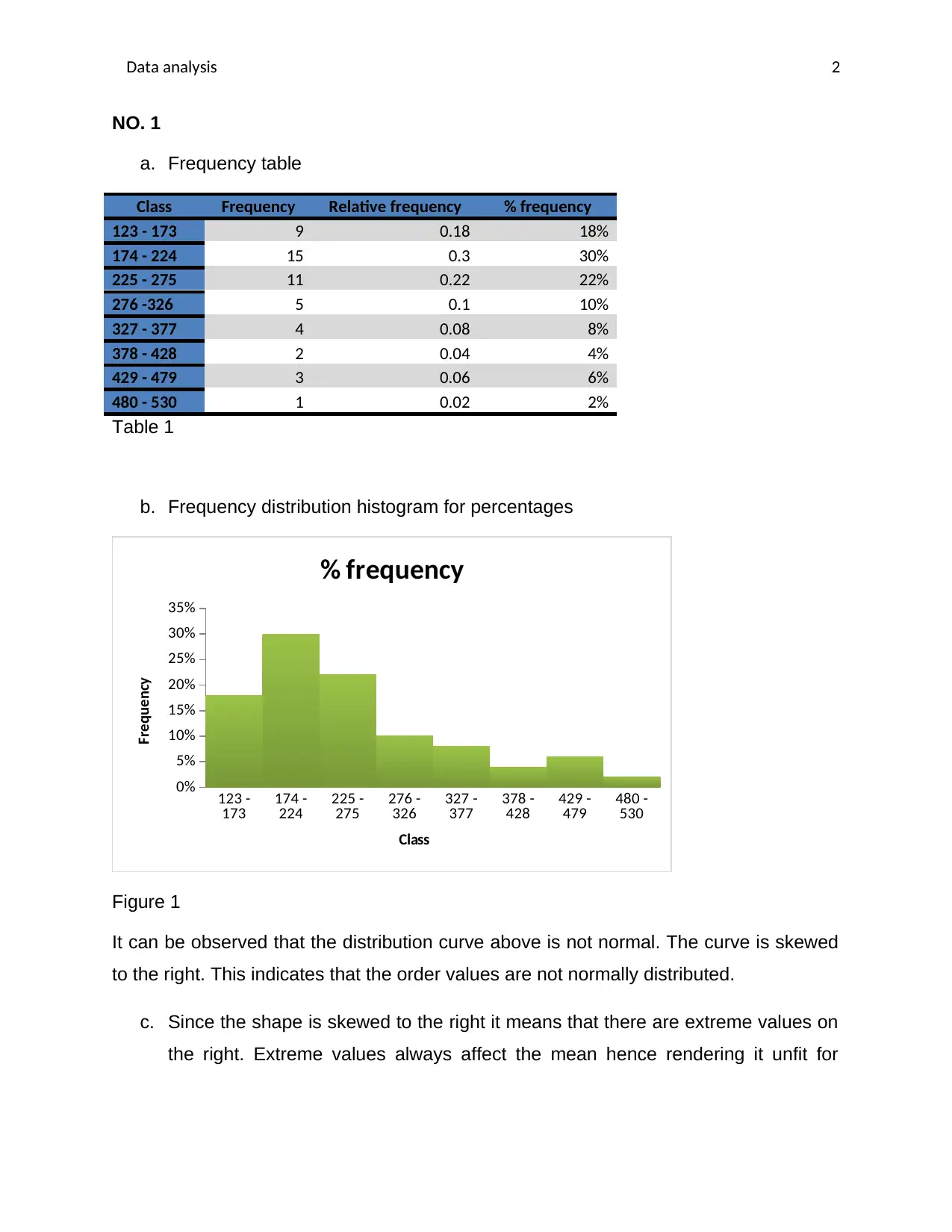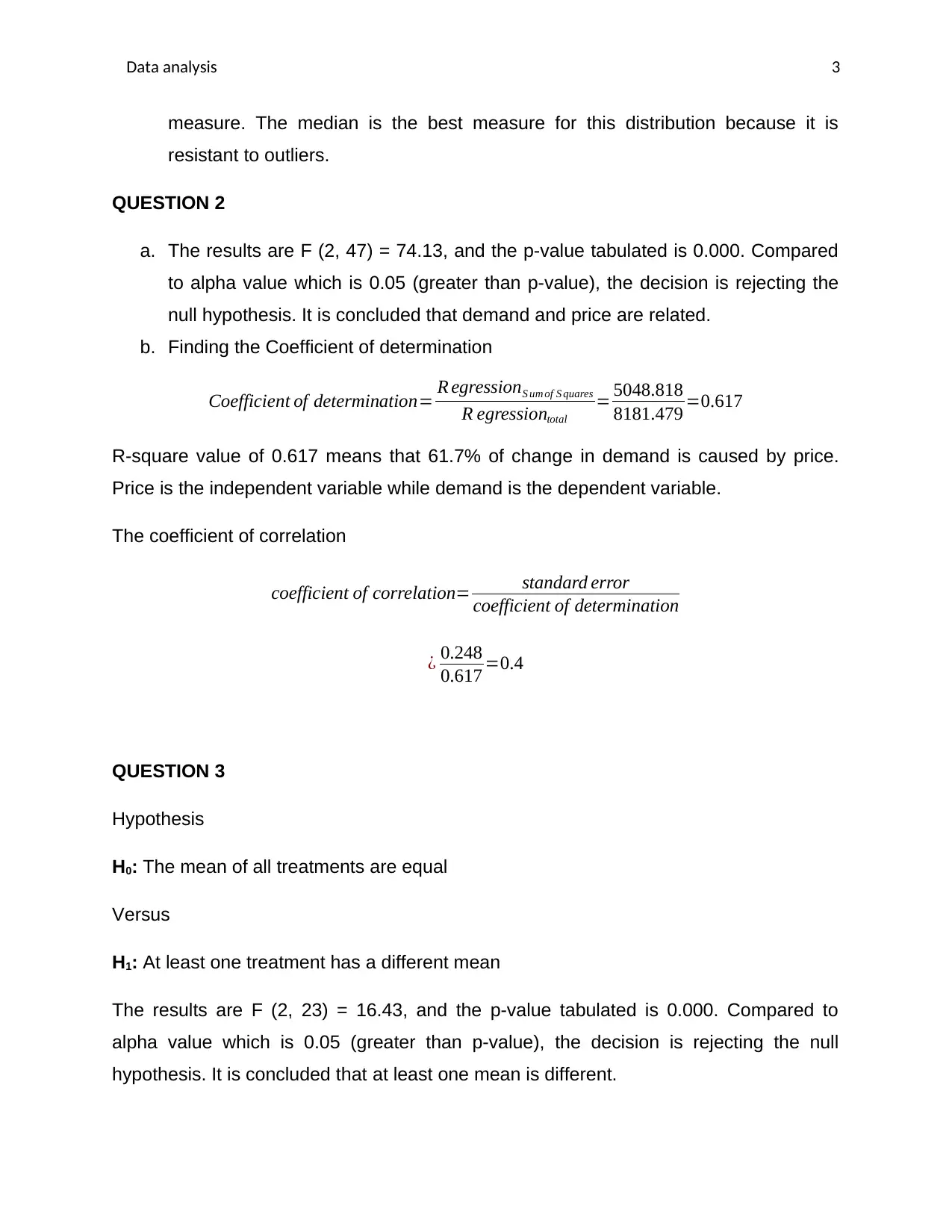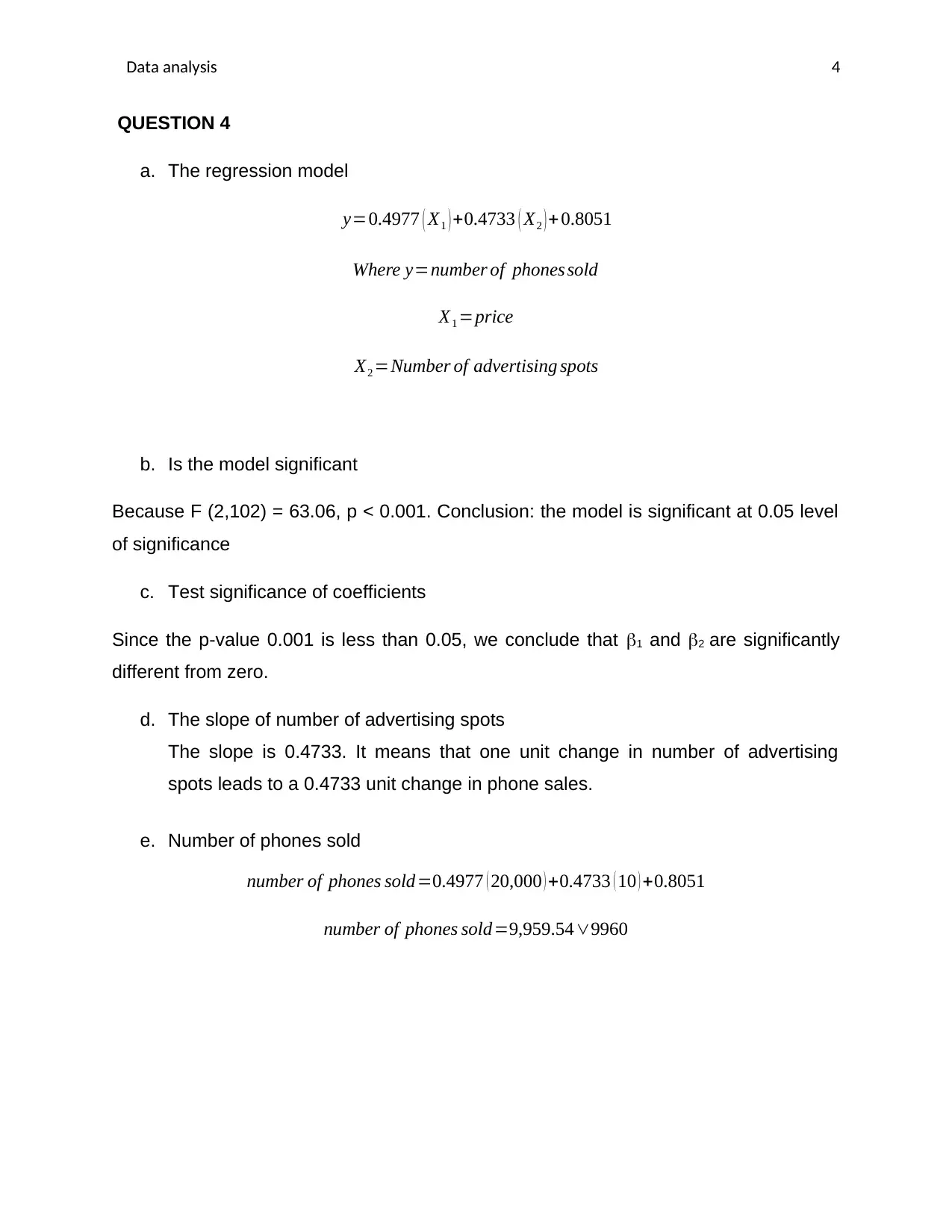Data Analysis: Frequency Table, Histogram, Regression Model and Hypothesis Testing
VerifiedAdded on 2023/06/11
|4
|550
|85
AI Summary
This article covers data analysis techniques such as frequency table, histogram, regression model and hypothesis testing with examples and interpretations.
Contribute Materials
Your contribution can guide someone’s learning journey. Share your
documents today.
1 out of 4








![[object Object]](/_next/static/media/star-bottom.7253800d.svg)